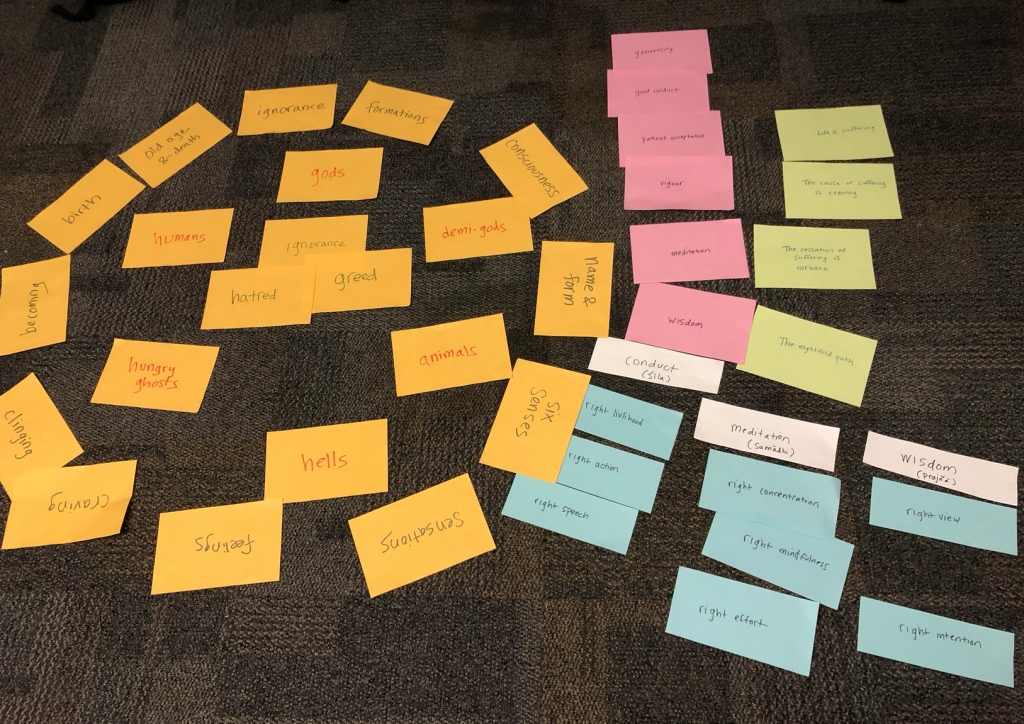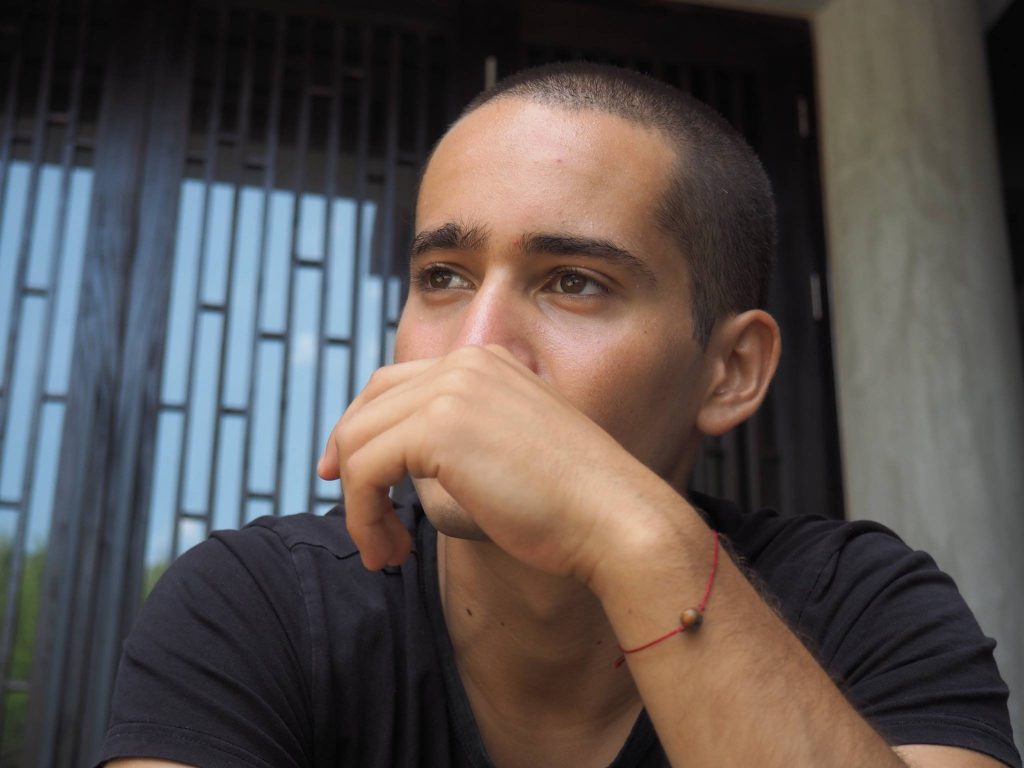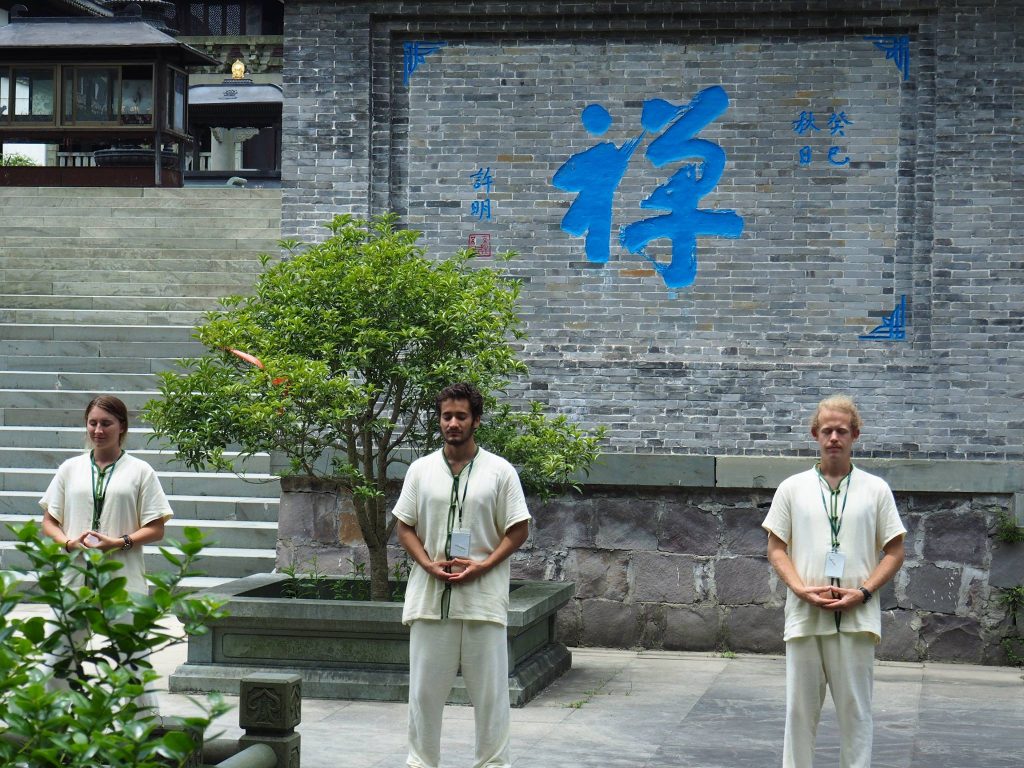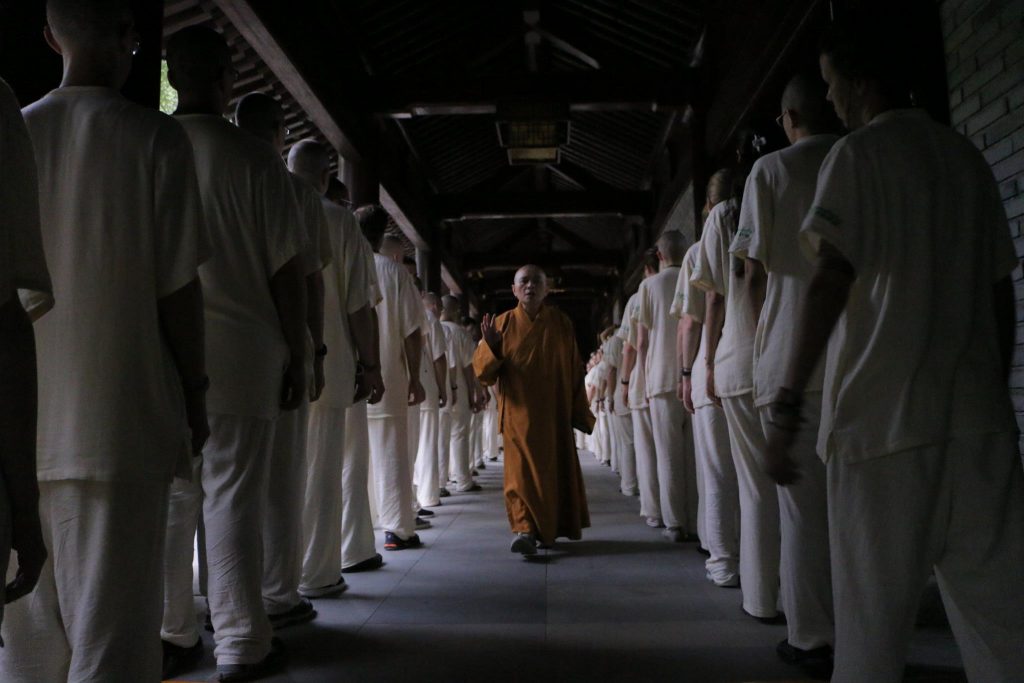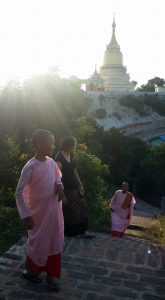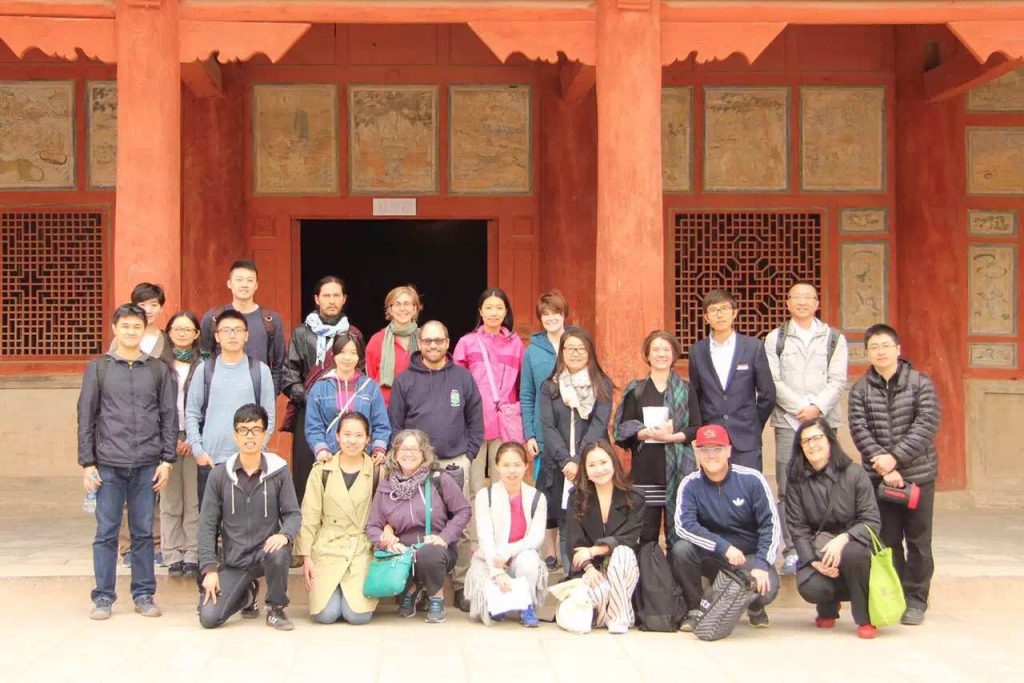For our Online Teaching Resource Fellowship project, which ran throughout the strange summer of 2020, a team of University of Toronto graduate students in Buddhist Studies gathered and annotated a robust set of online resources relevant to teaching in our field.
The beta release of their work can be found on a Google sheet, for now, but this resource is currently being transformed into another format with support of the University of Toronto Libraries – please stay tuned for that.
Other resources now available can be found at the Ho Centre’s YouTube channel, pictured above, which includes a playlist of lectures from our February 2020 conference on Teaching Buddhist Studies, among other resources.
Those of you teaching or studying Tibetan may also want to keep an eye on our developing resources for teaching Classical Tibetan online, pictured below, some of which is at our Classical Tibetan YouTube channel.
And be sure to check out our podcast, The Circled Square, found at http://teachingbuddhism.net/ as well as on iTunes and the usual podcast services.
